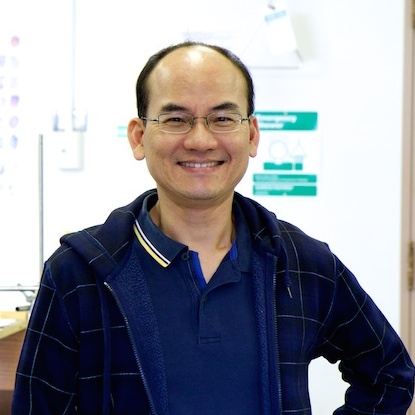
When a drug is no longer effective for the greater population, it’s typically removed from shelves and never thought of again. But what if you could bring it back from the dead and make it work like new?
Edward Yu and a team of researchers may be able to accomplish this feat, and it all started by disproving a previously-accepted hypothesis.
Yu, a professor of physics and astronomy and the John D. Corbett Professor of Chemistry, recently discovered that a certain membrane protein thought to be an “importer” (sucking in antimetabolites*) was actually an “exporter” (pumping out antimetabolites). Specifically, he was looking at Neisseria gonorrhoeeae, the causative agent of gonorrhea.
“Control of this disease has been compromised by the increasing proportion of infections due to antibiotic-resistant strains, which are growing at an alarming rate,” he summarizes in a paper published last month in Cell Report.
The research looks at sulfonamides, which were used in the late 30s and 40s to treat gonorrhea. However, rapid emergence of strains resistant to sulfonamides resulted in its removal. Now, drugs such as penicillin or amoxicillin are used. It turns out that sulfonamide-resistant bacteria can use membrane proteins to pump the drugs out before they can take effect.
“If we can find out what is working against these proteins, there is a good chance we could put the drug back on the table and use it as an effective treatment again,” Yu said. “As long as we know how these antibiotic pumps work, we can do something to stop them from pumping out the antimetabolites.”
It turns out that sulfonamide-resistant bacteria can use membrane proteins to pump the drugs out before they can take effect.
Yu has been studying bacterial resistance to antibiotics for more than a decade. He said designing new drugs is always a good thing – the best option, usually – but that takes a lot of time, money and effort. And often, they don’t work. Understanding the structure and function of antibiotic pumps opens up a new way of thinking. Yu said reusing ineffective drugs isn’t a new idea, but it isn’t a popular one, either.
“I think this will make a positive impact on the scientific community,” he said.